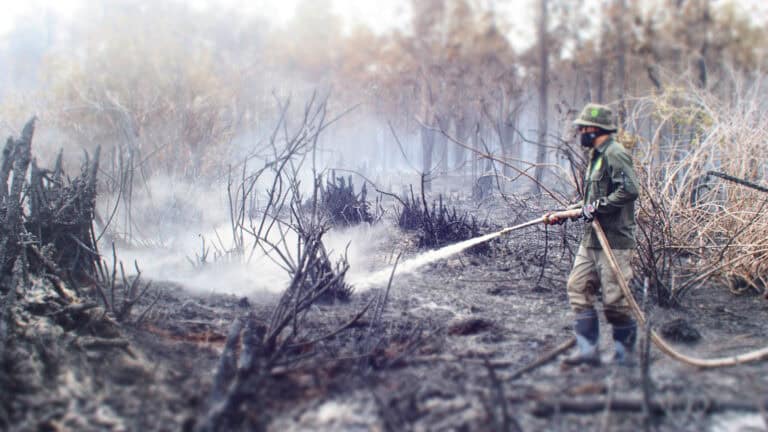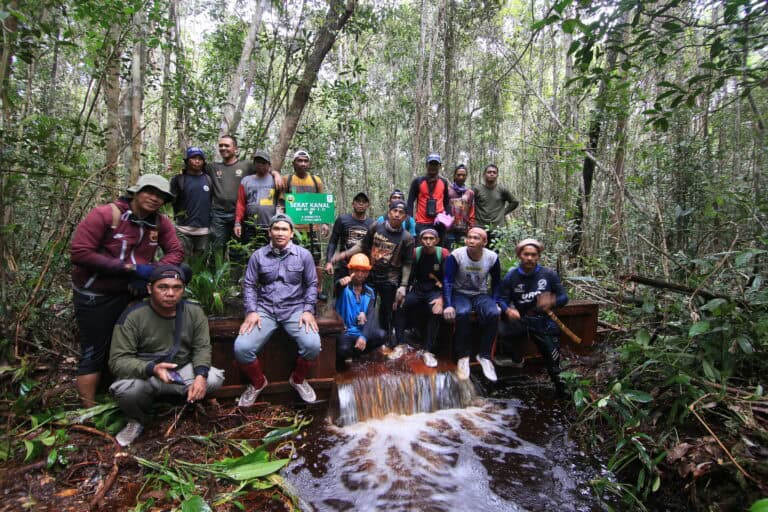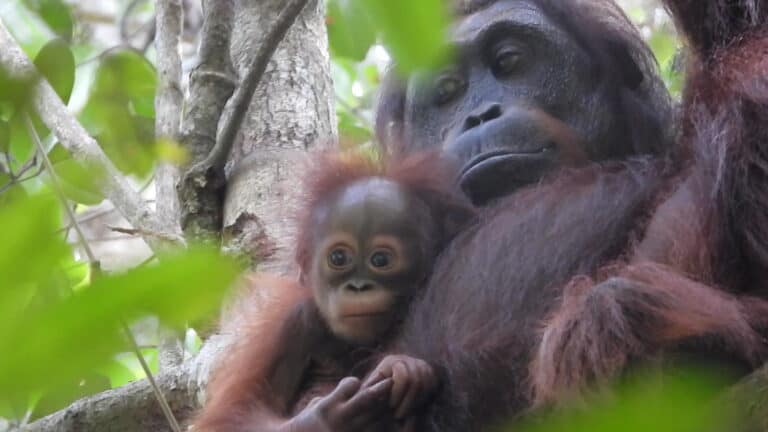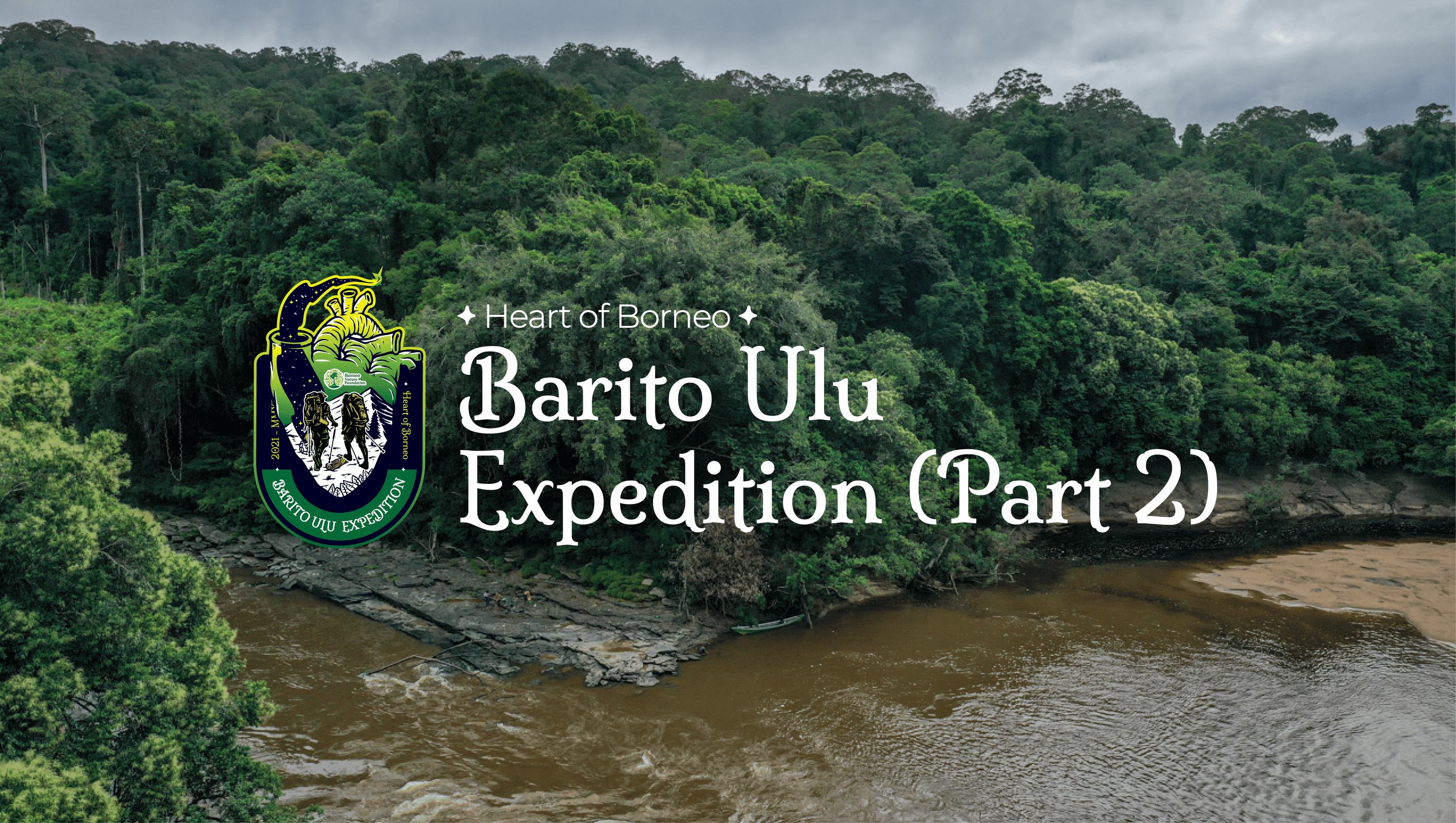Written by Yohanes Prahara (BNF’s Content Creator)
Nature has a mysterious beauty. At a certain time, especially in the Rungan Landscape, there is a particular natural phenomenon. This phenomenon is called Masting.
“Masting is one of the strategies of a tree population whereby they produce a lot of seeds for reproduction in an indefinite period of time,” said Namrata Anirudh (Nam), an independent researcher conducting her research in collaboration with the Borneo Nature Foundation (BNF).
“All trees in one population bear fruit together, and seed together. Their strategy is to regenerate trees in a forest area, but we don’t yet know if the cause is because of nutrition or season,” Nam explained.
Masting does not occur every year, it could be two years, three years, or even more. According to Nam, although many people have explored the causes of Masting, it has not been concluded scientifically. “I am currently observing Masting,” she added.
One type of tree that has been observed when Masting is a type of Dipterocarpaceae, commonly called Keruing. At the time of Masting, all types of Dipterocarpaceae will drop their seeds to the ground as a form of regeneration.

“If the forest canopy is seen via a drone, it will be very beautiful because of the colours. Dipterocarpaceae seeds will become red, orange, and yellow,” she said.
The seeds of Dipterocarpaceae will fall elegantly because they have red coloured wings. When they fall to the ground it looks like thousands of propellers falling from the sky, or like the “Snitch” in the Harry Potter movie (as described by one of the BNF’s Education Staff, Petricia A. Hutasoit here).
When the seedlings begin to grow, they will carpet the forest. “Jeez, so cute, excuse me, I want to get past of you, sorry I’m afraid to step on you,” Nam apologised as she stepped through thousands of newly-growing Dipterocarpaceae buds.
Dipterocarpaceae can be a marker of Masting events, as they will usually simultaneously drop their seeds. In the Rungan Landscape, there are 7 types of Dipterocarpaceae that have been identified by botanists.
Nam added, “Wild boar can also be used as a marker for Masting because they like to eat the seeds or the fallen Keruing flowers. They even follow the flow of the masting event”.
 |  |
Keruing – the dipterocarpaceae seeds. It’s like “Snitch” in Harry Potter Movie
Photo by Petricia A. Hutasoit | BNF | UMP













